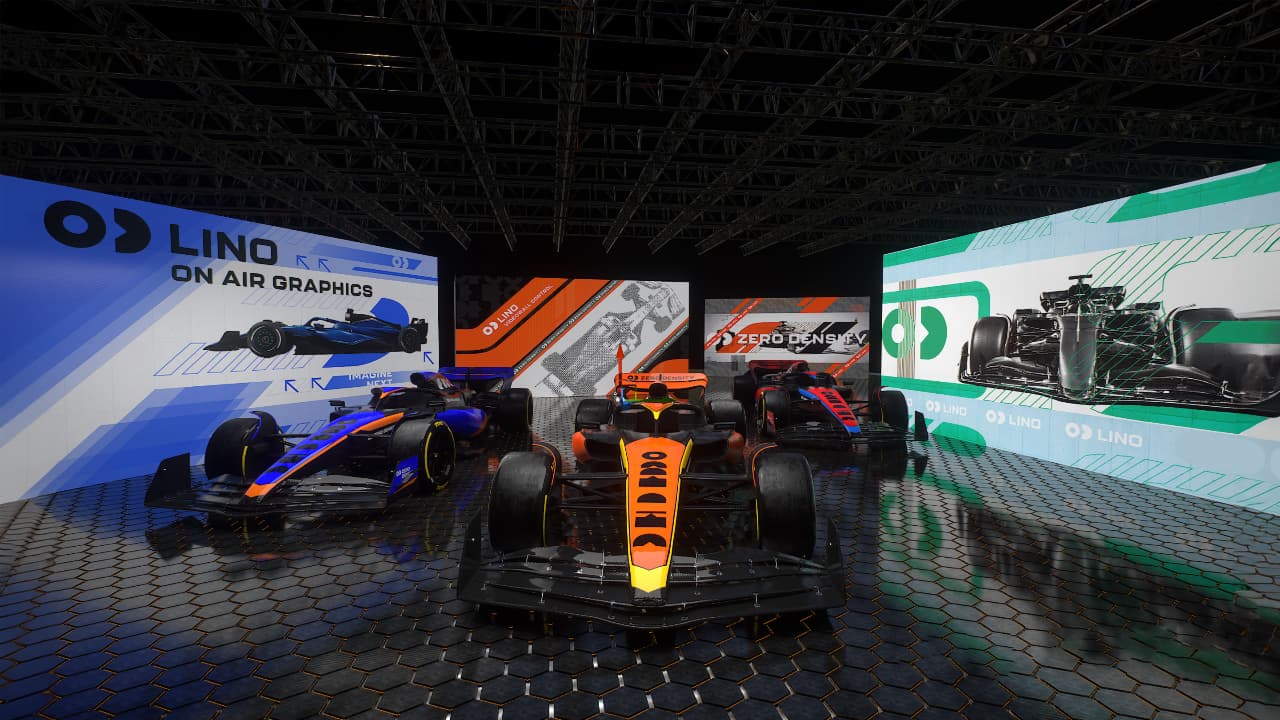
Zero Density will unveil an expanded graphics ecosystem at IBC2024 based on its newly introduced Lino platform and add some AI enhanced capabilities to its Reality software, both of which combine to deliver a comprehensive Unreal Engine-based workflow.
Zero Density (7.B01) says that the unified ecosystem its Lino platform and Reality Hub produce is seamless across virtual production and real-time motion graphics, with Reality Hub serving as the central control and NRCS, automation, and data integration layer.
Lino is an advanced Unreal Engine-based platform built around the Motion Design environment in Unreal Engine 5.4, tailored to enhance productivity and creativity in real-time 2D and 3D motion graphics design. Developed with extensive input from industry experts it offers an intuitive, user-friendly interface that aims to simplify the design process. It also handily means that all assets can be created in Unreal and used across virtual production, video wall, and real-time motion graphics.
The company’s Reality platform meanwhile hits v5. This delivers hyper-realistic virtual environments and visuals via advanced rendering, a unique node-based compositor, and the 3D PixelPerfect Keyer.
Reality5 is also set to expand further at IBC2024 with AI-driven innovations and new features that look to enhance storytelling and streamline workflows. There is going to be some interesting stuff on show as a result, namely features such as live depth mask generation from 2D video, AI style transfer, and AI-powered superresolution.
Hourly demos on the stand will showcase the integration of virtual studios, AR, XR, and real-time motion graphics and should be well worth a visit.


Comments